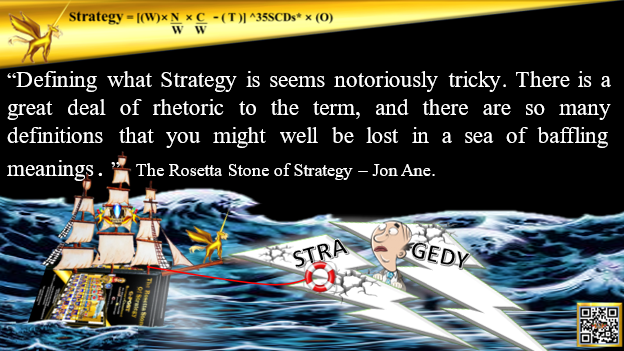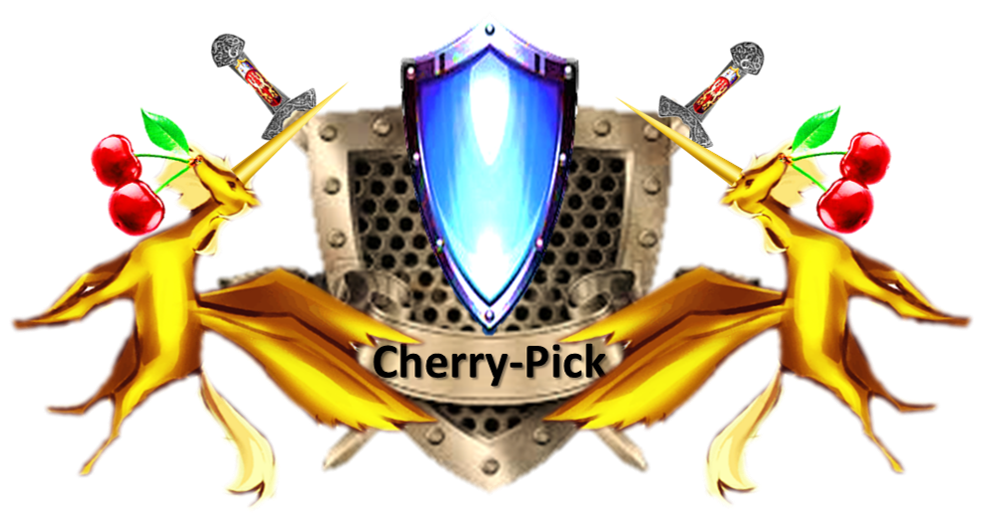Dictionary
What is the Best easy definition for Product Market’s life cycle?
By Jon Ane
Unsurprisingly, a product’s life cycle is similar to any living creature’s life cycle.

There are four stages plus an intermediate one.
As for examples for each stage of the product market life cycle, in order to see the entire picture, examples will be given by capsulising a frozen moment in the global time frame of some while ago, spread on different products in different life cycle phases. The first phase is:
The product was launched to the market for the first time. Therefore, the market’s actual size is still small as the number of adopters who use it is small, and the sales volume is low. Largely, at this phase, the investment in the product is higher than the return from the market due to the small market size, high production costs and intensive marketing efforts to create exposure and demand. However, according to Jon Ane, it is not always the case since it depends on the product type, culture, the company’s course of action, and the segment’s characteristics.
The Penetration Phase:
Time-capsulated example:
Our starting point would be the 3D TV. Do make sure all tactics and means in use would create synergy with your G-POST. Or else you might jeopardise it all. For more information, visit Jon Ane, The Rosetta Stone of Strategy.
The Growth Phase:
At this phase, if the market finds your product line adequate for its needs, the demand for the product grows, and the market expands fast in sales. In the first period of this phase, profit might grow as, at least in the production aspect, the company should start benefiting from the advantage of large scale. Nonetheless, the clock is ticking on the next period when marketing will become intensive since a “gold mine” was discovered, and no economic vacuum exists where money can be mined.
Granted that the new competitors will join in the celebration as this bonanza is created.
Time-capsulated example from the book The Rosetta Stone of Strategy:
An example of a product at this phase of life was the Blu-ray, also known as Blu-ray Disc (BD).
Do make sure all tactics and means in use would create synergy with your G-POST. Or else you might jeopardise it all. For more information, visit Jon Ane, The Rosetta Stone of Strategy.
The Shaking-Off Phase:
According to Jon Ane, At this phase, some small companies cannot reach the finishing line since often the profit whittles down due to bitter competition that involves massive promotion investments. That could empty the pockets of those incapable of financing and continuing the race. Moreover, the tendency to lower prices in a bid to gain a bigger market share before reaching the maturity phase enfeebles companies to the point of exhaustion. However, it is not just the small companies that might quit the race. Big companies can fail to introduce a functioning product or promote their product with improper strategy and ill tactical execution. Furthermore, it can be financial difficulties stemming from previous mistakes. (Jon Ane, The Rosetta Stone of Strategy.)
Do make sure all tactics and means in use would create synergy with your G-POST. Or else you might jeopardise it all. For more information, visit Jon Ane, The Rosetta Stone of Strategy.
The Maturity Phase:
In the maturity phase, the product is well-established in the market. The number of competitors and their market share are nearly fixed. At this stage, efforts are tunnelled to uphold the market share that has been built up till now. Nonetheless, with the right moves, growth is possible. Remember, it is not the time to rest assured and crown yourself with a laurel wreath. At this phase, the Product-Market is culminating, reaching its peak. (Jon Ane, The Rosetta Stone of Strategy.)
Time-capsulated example:
An example of this stage was the DVD.
Do make sure all tactics and means in use would create synergy with your G-POST. Or else you might jeopardise it all. For more information, visit Jon Ane, The Rosetta Stone of Strategy.
The last stage of the Product-Market life cycle is:
The Decline Phase:
At this phase, the Product Market will start shrinking. In most cases, the declination will happen since customers will move to a different replacement that suits their needs better.
One thing must be understood—each Product Market or Product Category might experience different life cycle phases in different markets, in either different places on the surface of the globe or the same ones, at the very same time. For instance, in the heart of the Asian market, there are countries where the video and audio cassettes, I daresay, are still in the maturity phase in the mass market segment and the growth phase in the low segment in the very same country. That is one of the reasons why it is so important to define clearly the Product Market you are serving and its life cycle phase.
Time-capsulated example:
An example of this stage was video or music cassettes and data discs, later replaced by USBs. (Jon Ane, The Rosetta Stone of Strategy.)
Do make sure all tactics and means in use would create synergy with your G-POST. Or else you might jeopardise it all. For more information, visit Jon Ane, The Rosetta Stone of Strategy.
www.jon-ane.com/strategic-business-plan/187774/

G-POST STRATEGY TOOL – “Is it strategy or stragedy? Defining what Strategy is, seems notoriously tricky. There is a great deal of rhetoric to the term, and there are so many definitions that you might well be lost in a sea of baffling meanings.” Jon Ane, The Rosetta Stone of Strategy.
